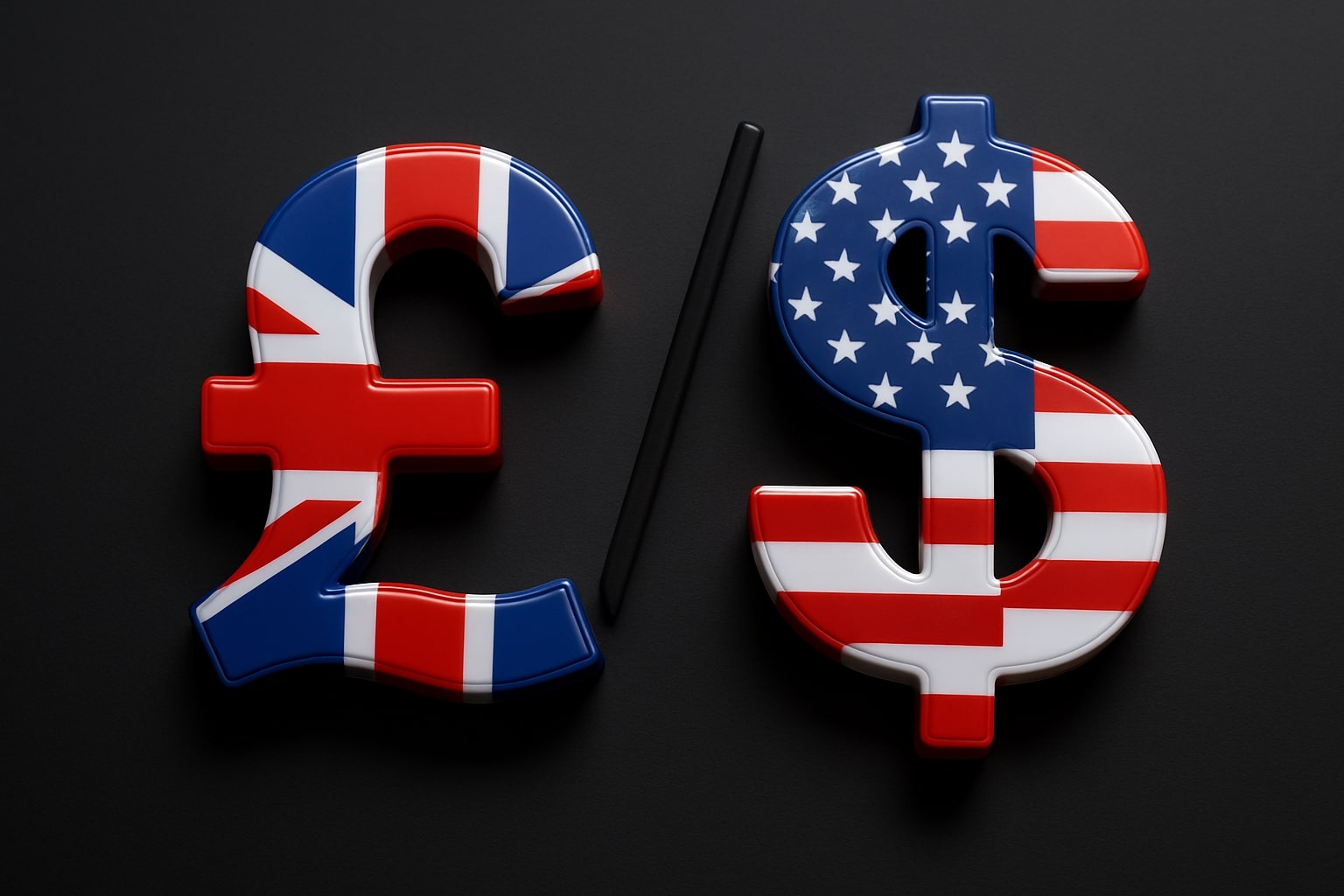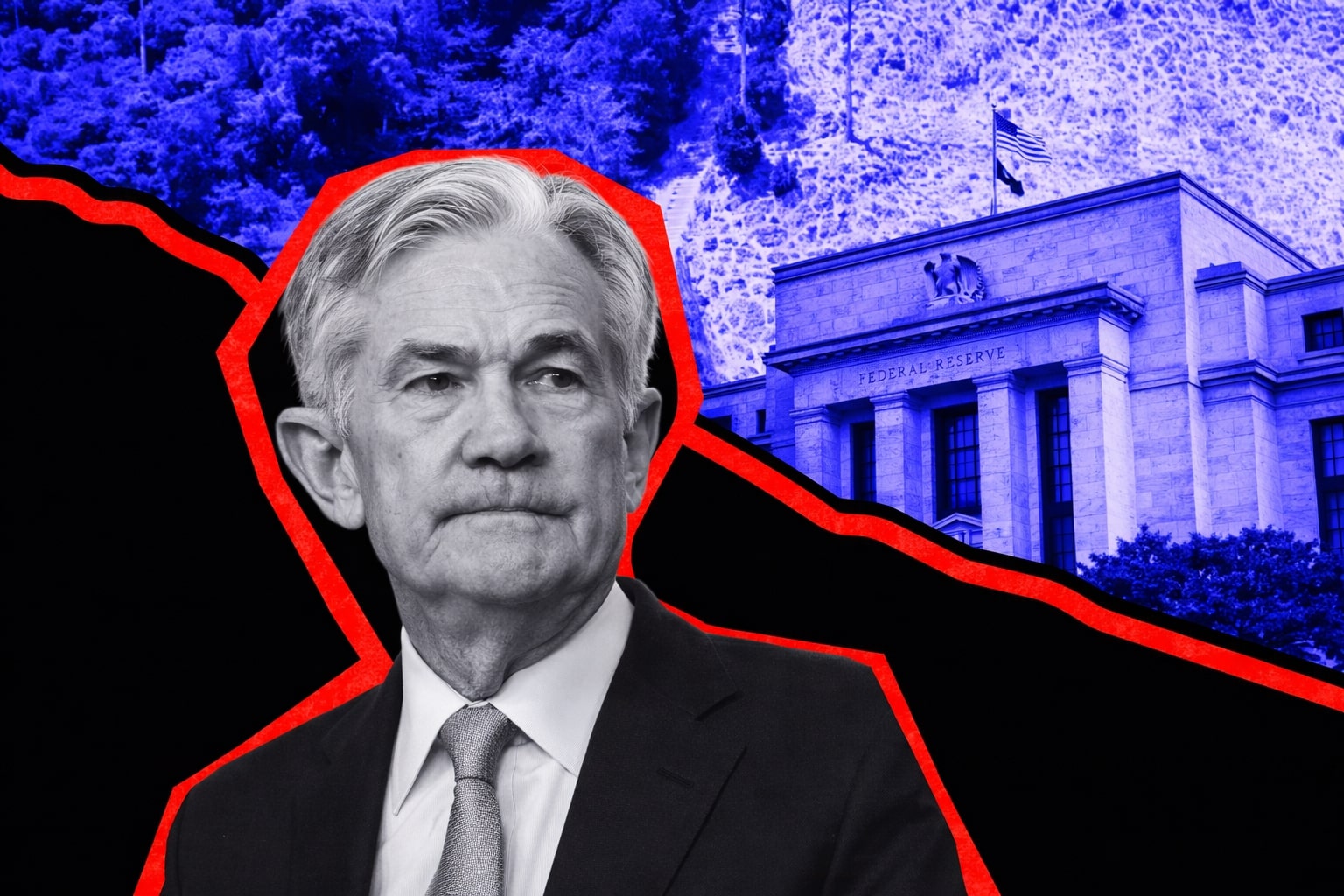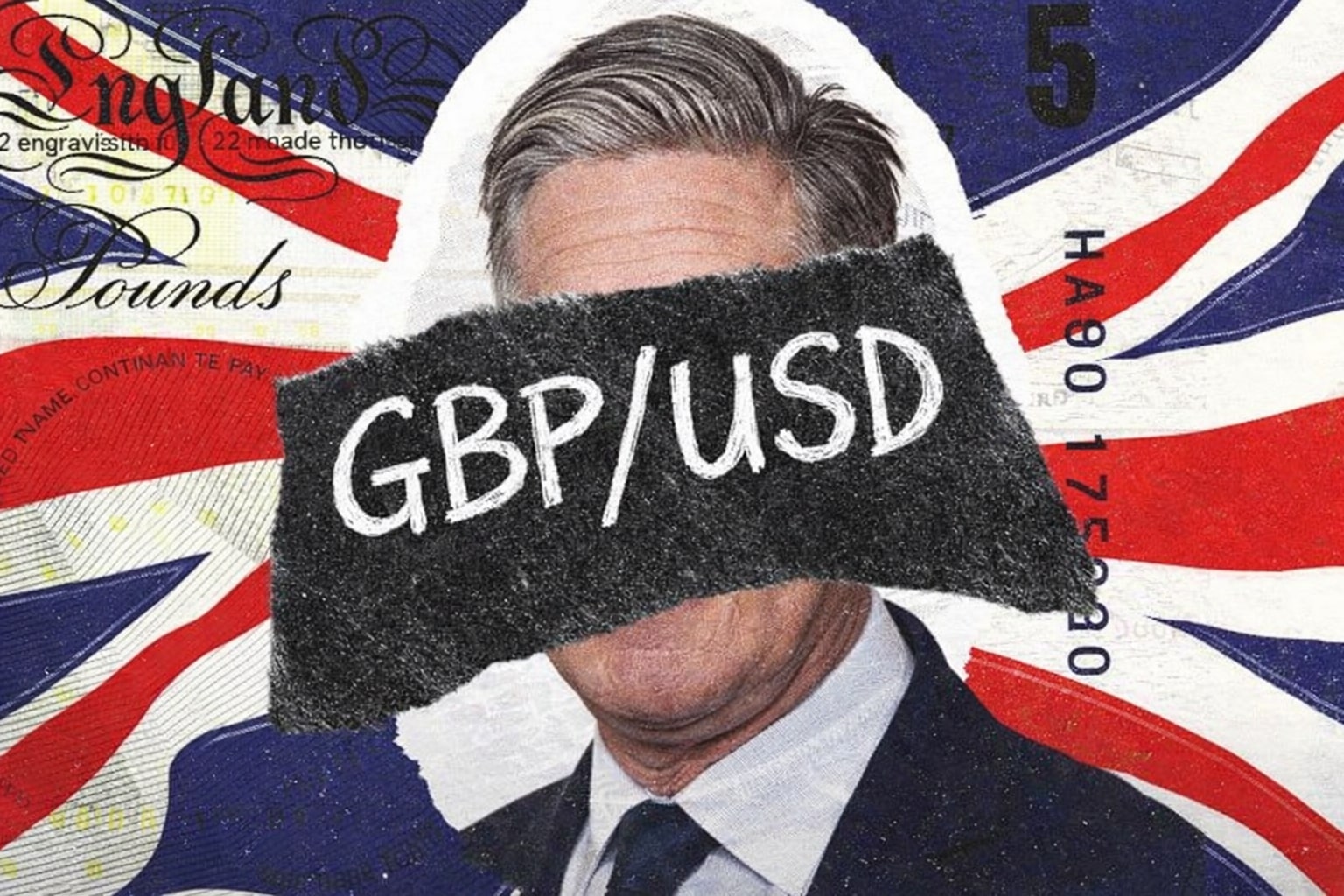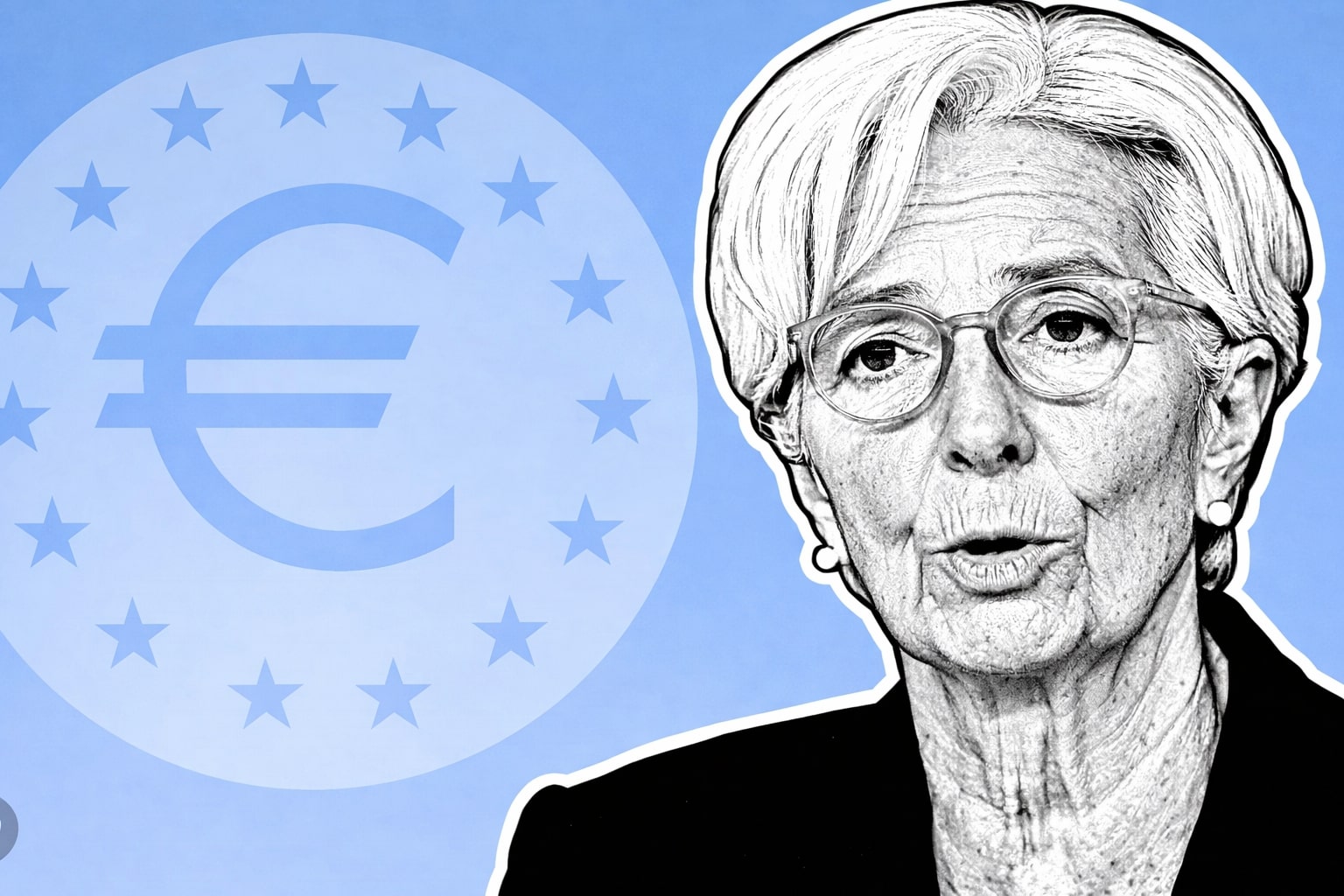GBP/USD (British Pound) Battles Resistance Near 1.3500 Amid Fed Dovish Tilt, UK Inflation Spike, and Tariff Risks
Pound Holds Firm Above 1.3400 as Dollar Slips and UK CPI Surprises
GBP/USD began the week stabilizing around 1.3480, lifted by a broad pullback in the U.S. dollar and resilient UK macro data. The British pound found strength after the UK’s June CPI rose 3.6%, surpassing expectations of 3.4% and marking the highest print in 18 months. This surge, driven by escalating costs in food and motor oil, complicated expectations for immediate rate cuts by the Bank of England (BoE). Traders trimmed bets on near-term easing, with swap pricing now implying fewer cuts by year-end than previously forecasted. The yield on UK 2-year gilts edged higher in response, offering fresh carry support for sterling.
On the U.S. side, Friday’s upbeat retail sales and a 2.7% inflation read kept short-term Treasury yields buoyant. However, commentary from Fed Governor Waller pushing for a July rate cut due to early signs of labor stress, alongside fresh tariff threats from President Trump, has injected dovish risk into the dollar outlook. As of Monday, the U.S. Dollar Index (DXY) slipped toward 98.25, opening room for major pairs like GBP/USD to extend gains.
Technical Setup: Bullish Reversal Eyes 1.3517 But Key Barriers Remain
On the technical front, GBP/USD has staged a textbook rebound off a support confluence between 1.3395 and 1.3414, which had held since late June. The bounce was reinforced by a sequence of higher lows and a clean reclaim of the 50-period EMA at 1.3432. As of the latest four-hour chart action, the pair is navigating a contested zone around 1.3465, which aligns with the descending trendline from the prior top and the 100-period EMA. Clearing this pocket with volume could activate upside targets at 1.3517, and beyond that, the 1.3593–1.3617 resistance band looms — levels last seen in October 2021.
Indicators are cautiously constructive: RSI remains below 50, indicating the move isn’t overheated, while the MACD shows a narrowing gap toward a potential bullish crossover. A clean break above 1.3492 would likely validate the ongoing recovery attempt, while failure could invite renewed tests of 1.3441 and the deeper 1.3371 support, which represents a potential double-bottom neckline.
Double-Bottom Formation in Play as Price Battles Descending Channel
Zooming out to the daily timeframe, the price pattern reveals a descending channel structure in place since the April peak, with the lower boundary currently resting near 1.3365. This level represents a two-month low and serves as primary downside support. The pair’s recent price action has carved a potential double-bottom at 1.3371, with the neckline set at 1.3783, which is also the year-to-date high. Should the pair break below 1.3371, the pattern would be invalidated and open downside exposure toward 1.3300 — a psychologically and technically significant level.
However, bulls remain in contention as long as GBP/USD holds above the nine-day EMA at 1.3460 and the 50-day EMA at 1.3465. Both moving averages are tightly clustered near current price action, amplifying their importance. A decisive break above this range would remove short-term selling pressure and potentially usher in a broader recovery leg.
Tariff Threats and Fed Uncertainty Create Two-Way Dollar Risk
Outside of the charts, macro catalysts are compounding directional tension. Trump’s threat of 15%–20% tariffs on EU goods by August 1st is sowing anxiety in risk markets and weakening dollar sentiment, especially given the likelihood of EU retaliation. This coincides with growing expectations that the Federal Reserve may lean dovish ahead of the July meeting, with FOMC speakers like Christopher Waller and Michele Bowman advocating for proactive easing.
While economic data from the U.S. remains firm — July consumer sentiment rose to 61.8, housing starts climbed 4.6%, and unemployment dipped to 4.1% — those figures are being weighed against broader policy uncertainty. The combination of trade policy volatility, Fed rate speculation, and political headlines is stifling the dollar’s recovery and giving GBP/USD room to breathe.
Cross-Currency Flows: Sterling Resilient vs Majors but Struggles vs Yen
The pound’s performance across G10 currencies shows mild outperformance. It rose 0.03% vs USD, 0.06% vs EUR, and 0.25% vs NZD, while flat against CAD and AUD. The exception was the Japanese yen, where GBP slipped 0.04%, reflecting safe-haven demand amid trade tension headlines.
Notably, despite bullish moves in GBP/USD, GBP’s 14-day RSI remains below 50, implying that the currency has more room to run before hitting overbought conditions. Traders may look to GBP/JPY and EUR/GBP as cross-checks for sterling sentiment, especially as BoE and ECB divergence becomes more pronounced.
Volatility Outlook: Powell Testimony and Support Retests May Define Week
Looking ahead, two events will shape GBP/USD trajectory in the near term. First, Fed Chair Jerome Powell’s Tuesday testimony, where any reiteration of dovish themes could catalyze a move above 1.3500. Second, the price’s ability to hold above the ascending trendline support at 1.3401 and avoid a break below 1.3365 will be critical in maintaining bullish hopes.
Positioning into the Fed’s communication remains cautious, with options traders pricing in a 7-day implied volatility of 6.9%, slightly above the monthly average. That reflects elevated expectations of directional resolution — either a breakout above 1.3517 or rejection into the 1.3300s.




















